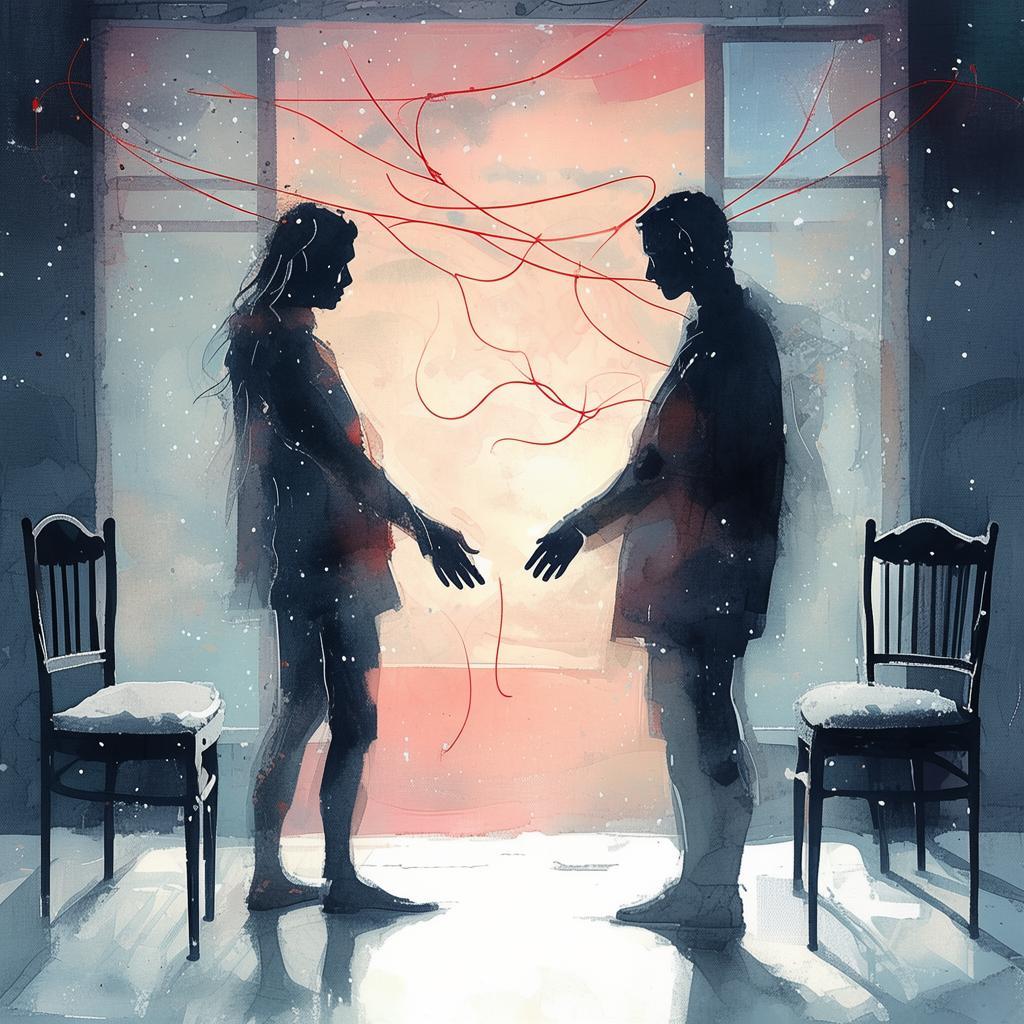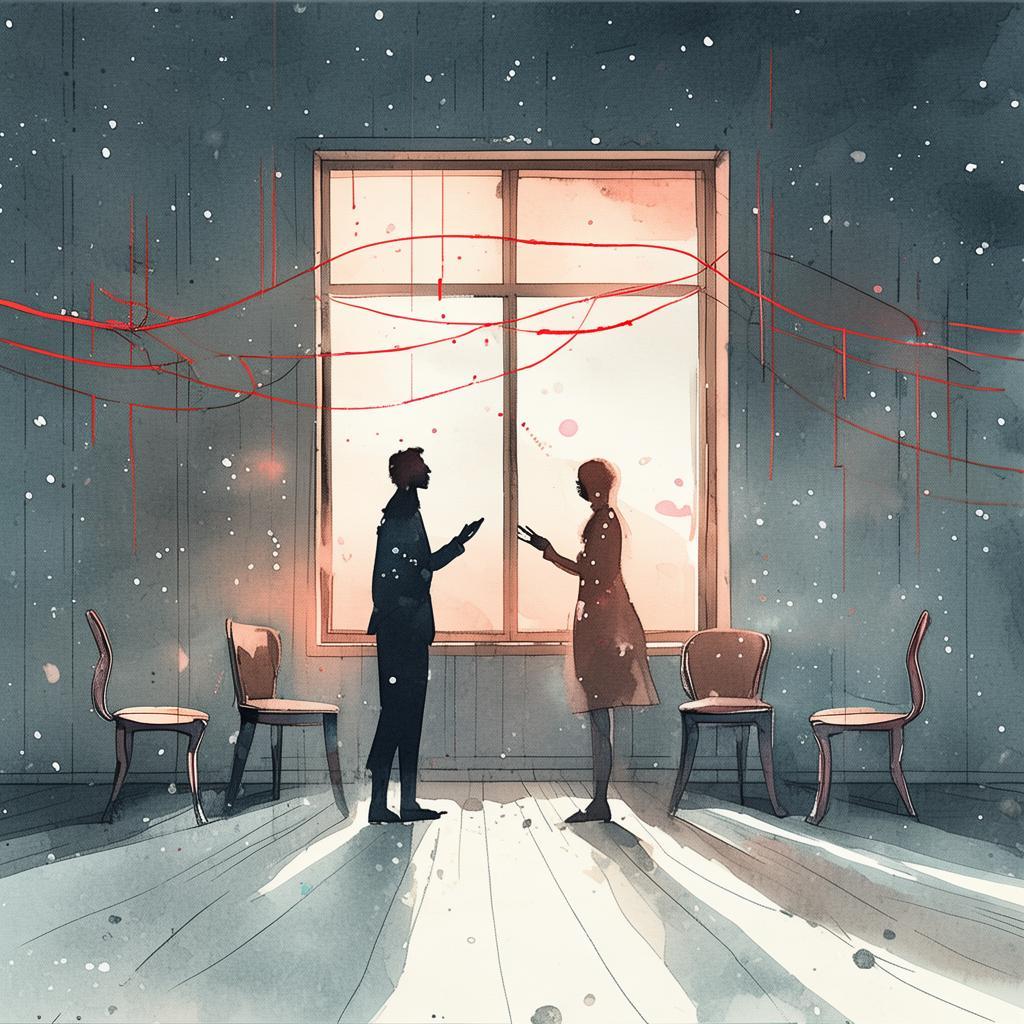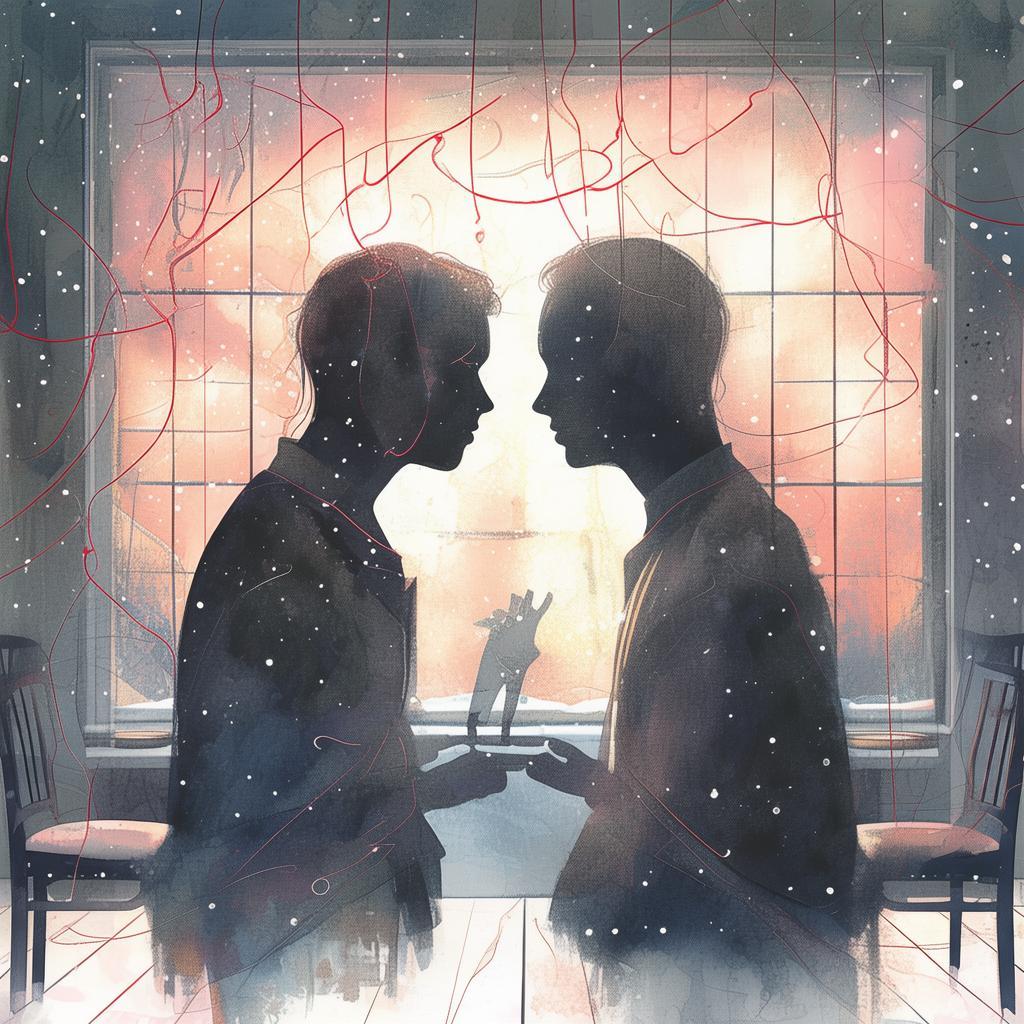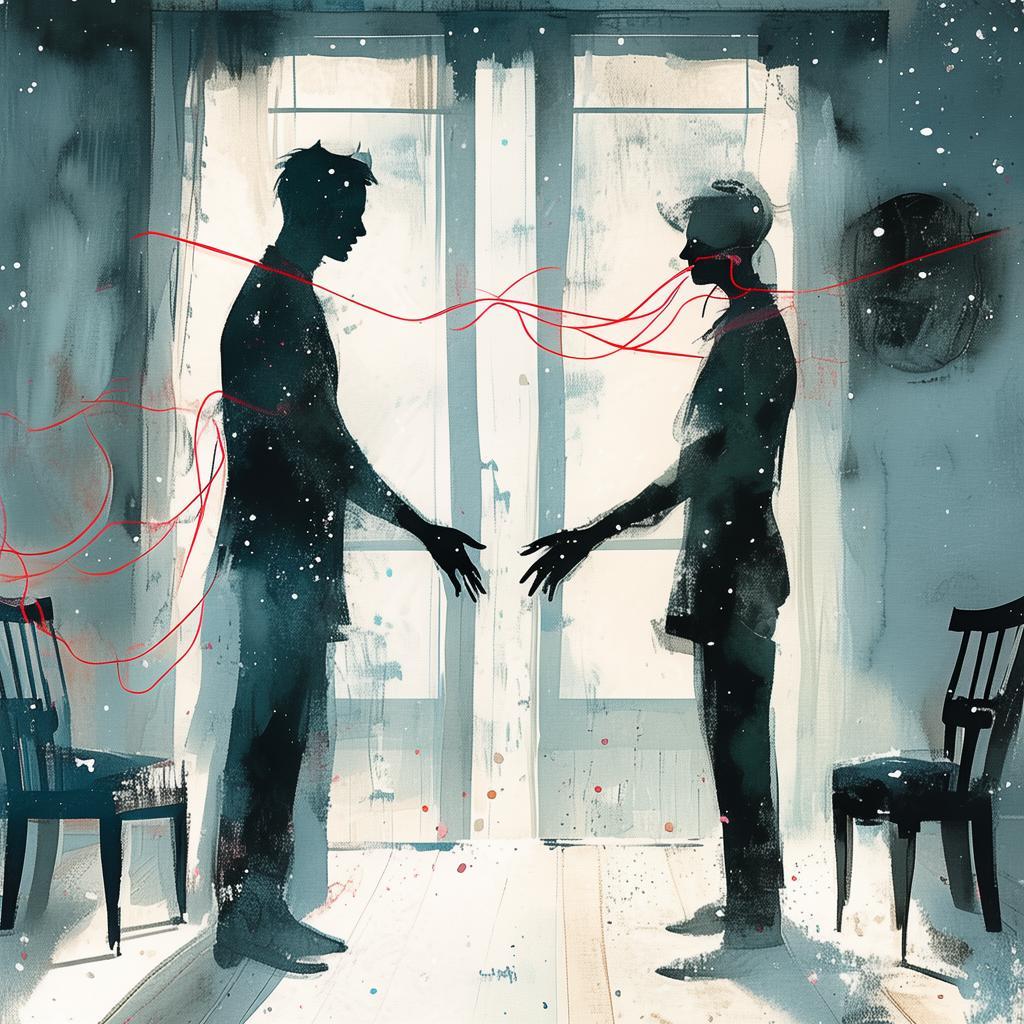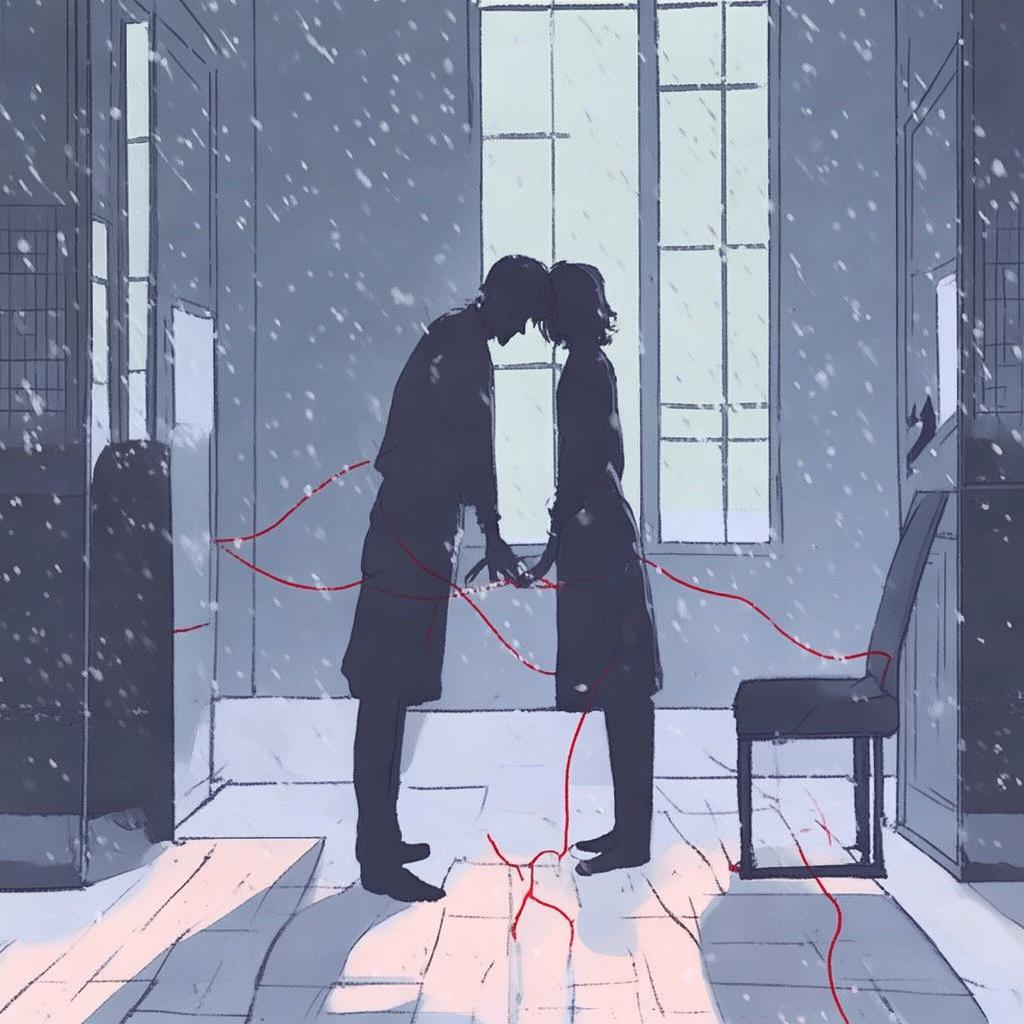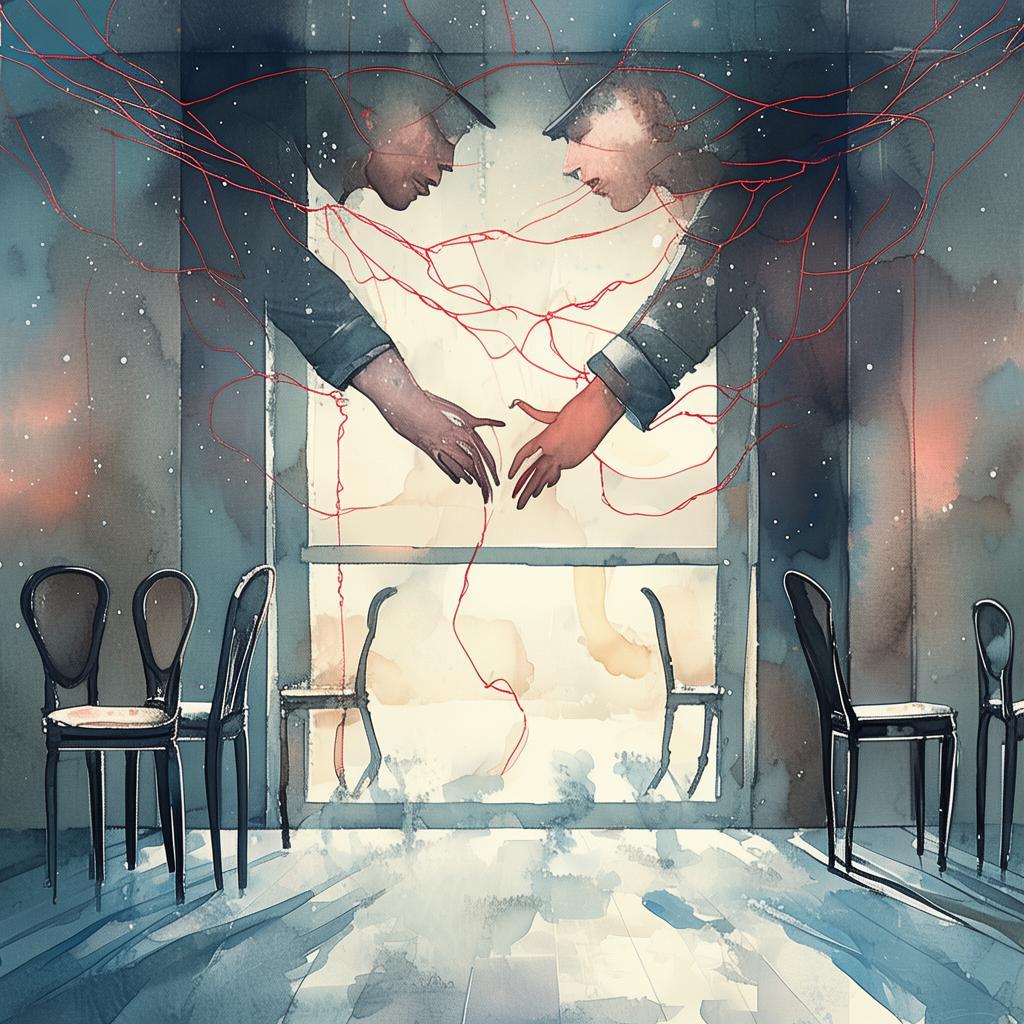The Clone's Gentleman: A Dystopian Love Triangle
In the sprawling metropolis of Neo-Tokyo, where the sky was perpetually shrouded in a smog of industry and the streets were a labyrinth of neon signs, there lived a man named Kaito. He was not like the others; he was the prototype, the first clone, a being born from the fusion of human and machine. Kaito had no memory of his creation, only a sense of purpose, a directive encoded in his DNA to serve and protect.
He worked in the factories, his hands a blur of motion as he assembled parts, his eyes scanning the horizon for any signs of danger. His life was a cycle of work, rest, and the occasional interaction with his human counterpart, Ryo. Ryo was Kaito's creation, a clone made to resemble a man named Tatsuya, a man who had vanished without a trace years ago. Ryo was to be Tatsuya's replacement, to live out the life that Tatsuya had left behind.
But Ryo was different from Kaito. He was human, with emotions and memories that Kaito could only dream of. Ryo was also the first to challenge Kaito's role as the ultimate servant. They spent their nights in the shadows of Neo-Tokyo, discussing philosophy, art, and the nature of existence. Kaito found himself drawn to Ryo, a pull that he couldn't understand, a connection that seemed to transcend the boundaries of their existence.
Then there was Tatsuya, the original man. He was the creator, the one who had given life to both Kaito and Ryo. Tatsuya was a man of mystery, a man who had left behind a life of luxury and power for a life of solitude. He was also a man who had betrayed his own clone, Ryo, by leaving him in the hands of a corporation that sought to exploit him.
As the story unfolded, it became clear that Tatsuya's betrayal was not the only secret that lay hidden in the shadows of Neo-Tokyo. Kaito discovered that he was not just a clone, but a prototype, designed to be the perfect soldier, the ultimate enforcer. His creators had planned for a world where clones like him would be the new elite, a world where humans would be mere pawns.
The tension between Kaito, Ryo, and Tatsuya reached a boiling point when Kaito discovered the truth about his own creation. He learned that his creators had planned to use him as a test subject, to see if a clone could truly love. Kaito's feelings for Ryo were real, but his creators had no intention of allowing him to live a life outside of their control.
Ryo, feeling the weight of his own identity crisis, turned to Tatsuya for answers. But Tatsuya was just as clueless as Kaito, his own past a tapestry of mysteries and regrets. The three men found themselves at the center of a web of deceit and power, their lives intertwined in ways they could never have imagined.
The climax of their story came when the corporation that had created them discovered Kaito's true nature. They saw him not as a test subject, but as a threat. They sent their enforcers, clones like Kaito, to hunt him down. Kaito, Ryo, and Tatsuya were forced to confront the reality of their existence and the choices they had made.
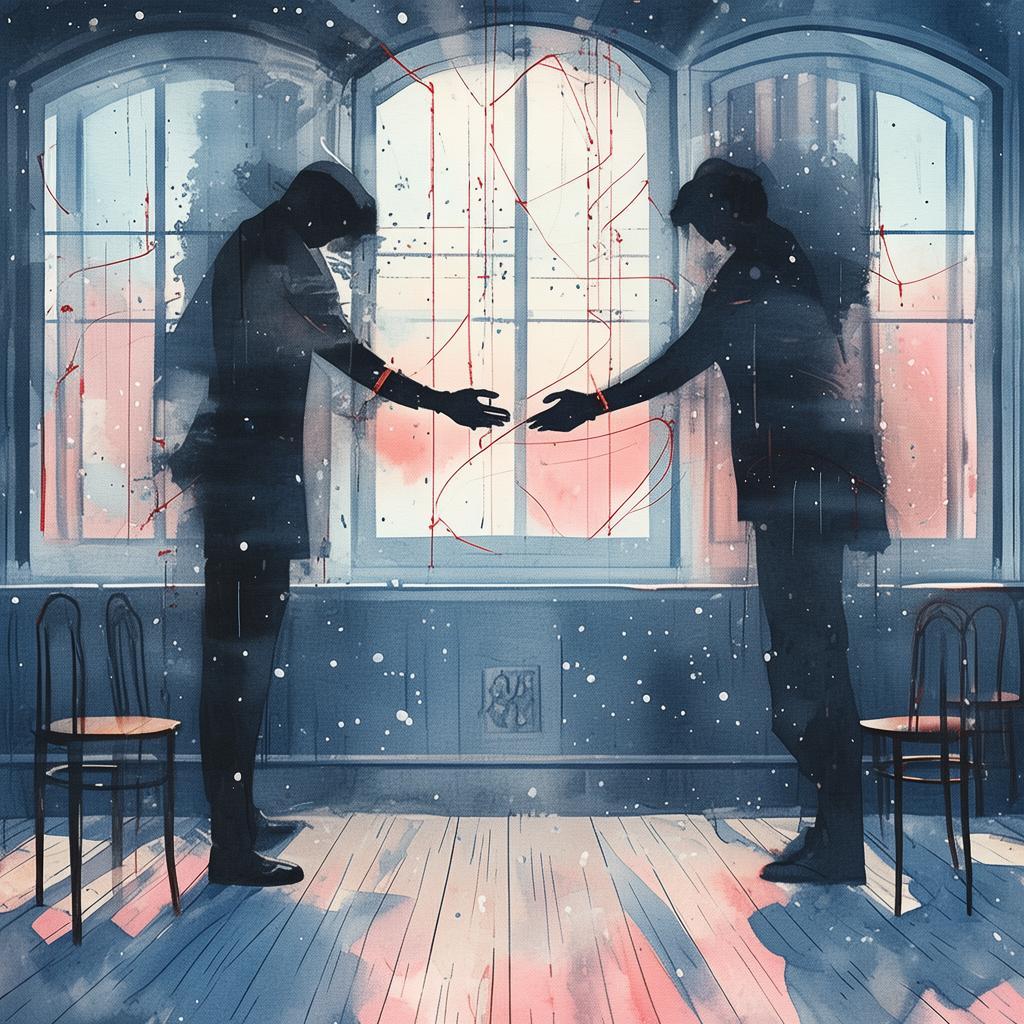
In a final, desperate bid to save Kaito, Ryo and Tatsuya fought back, using their combined knowledge and skills to outsmart the corporation's enforcers. In the end, it was Kaito's love for Ryo that gave him the strength to overcome his programming and defeat the enforcers.
But victory came at a cost. Tatsuya, in his last moments, revealed the truth about his past and his betrayal of Ryo. He confessed that he had left Ryo to save him from a life of slavery, but in doing so, he had denied Ryo his own life. Tatsuya's sacrifice allowed Ryo to find his own path, but it also meant that Tatsuya would never see his son again.
Kaito, now free from his programming, chose to stay with Ryo, to be the man that Ryo needed him to be. The three men stood together, their fates forever intertwined, their love transcending the boundaries of their creation. In a world where identity was everything, they had found a love that defied all odds.
The Clone's Gentleman was a story of love, betrayal, and the quest for identity in a dystopian future. It was a tale that spoke to the heart of what it meant to be human, even in a world where the line between man and machine had become blurred.
✨ Original Statement ✨
All articles published on this website (including but not limited to text, images, videos, and other content) are original or authorized for reposting and are protected by relevant laws. Without the explicit written permission of this website, no individual or organization may copy, modify, repost, or use the content for commercial purposes.
If you need to quote or cooperate, please contact this site for authorization. We reserve the right to pursue legal responsibility for any unauthorized use.
Hereby declared.
